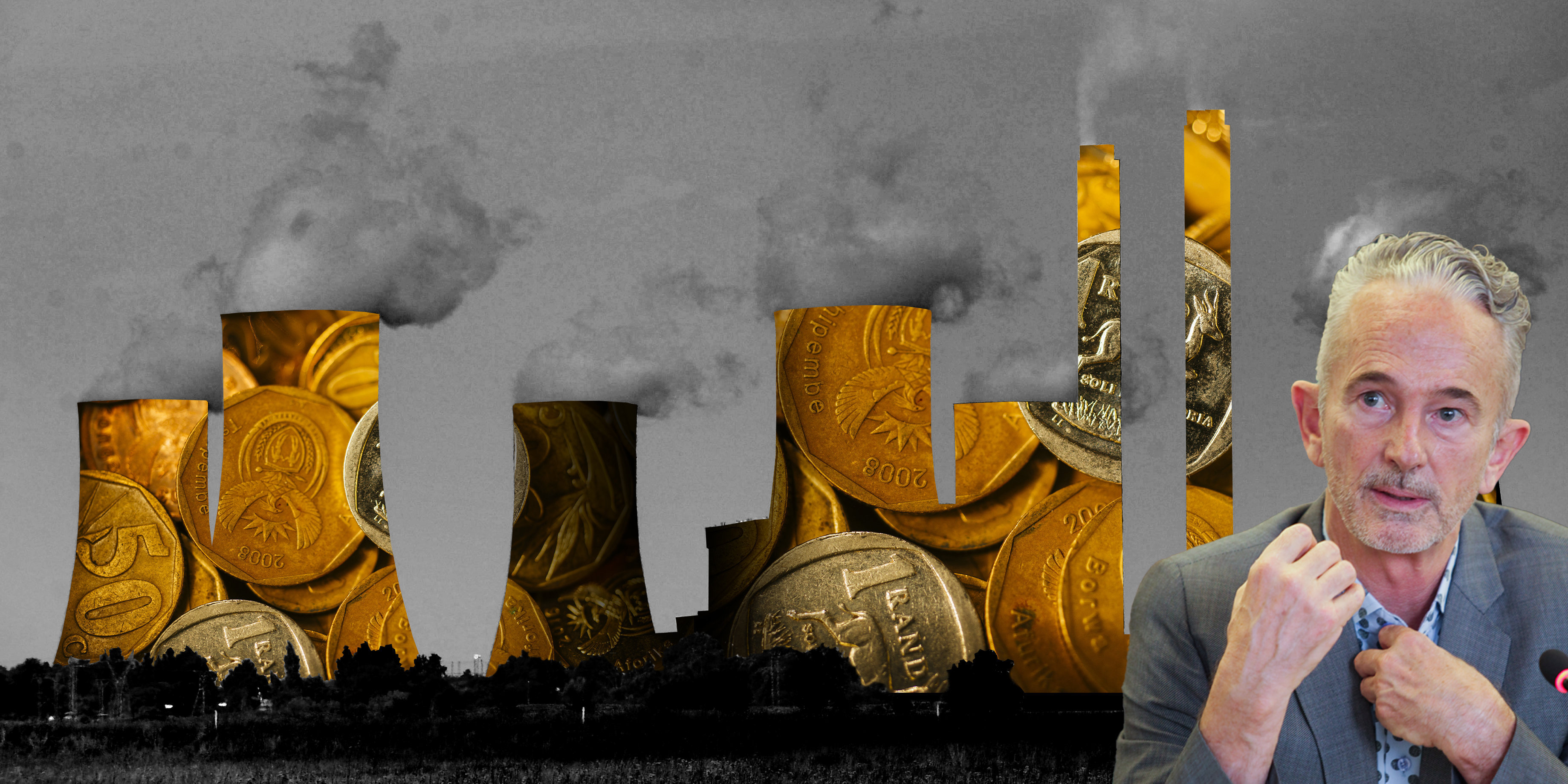Speaking at Windaba 2024 on Thursday, 3 October 2024, Minister of Electricity Kgosientsho Ramokgopa made the case for increasing the proportion of renewable energy in South Africa’s energy mix.
Referring to the challenge of affordability, he said, “Over a passage of time, the unit cost of wind rand per kilowatt hour has come down about 70% at about 56 cents or so per kilowatt hour. So you can see that the greater the share of [wind in] the [energy] mix, the greater the possibility of us making electricity affordable.”
“So it’s in our collective interest we are able to scale up the share of renewables, solar and wind, as part of that aggregate mix. So science has proven that and also the bid windows have confirmed that it is in our interest to unleash this potential,” said the minister.
“And then we will not be talking about an Eskom that is asking for a 36% tariff increase because it’s got huge, huge implications. It’s going to erode the disposable income of everyone, but with a disproportionate impact on the poor and what that does is just accentuate issues of energy inequality and result – in some instances – in energy poverty where the poor have to make choices of whether I have to buy a loaf of bread or whether I have to replenish my electricity units,” said Ramokgopa.
Eskom has applied to the National Energy Regulator of South Africa (Nersa) to approve a 36.15% hike for non-municipal customers in 2026, followed by 11.81% in 2027 and 9.10% in 2028. Municipal electricity users face increases of 43.55% in 2026, 3.36% in 2027, and 11.07% in 2028, with the first rise starting on 1 July 2025.
Read more: What you need to know about Eskom’s retail tariff plan application
The minister’s comments come a day after Crispian Olver, executive director of the Presidential Climate Commission, described the potential impacts of Eskom’s proposed tariff increase request – should it be granted – as “catastrophic” for the economy.
“There is some bad news in the system. In aggregate, electricity prices are going to rise. You’ve all seen the 30% price increase that Eskom has applied for which, if implemented, would be catastrophic,” he said.
Olver also said that Nersa’s price determination model “is not fit for the current environment we’re going into, which is a far more competitive and disaggregated power sector”.
Read more: No immediate fix for municipal tariff hikes, says energy minister
In a recent live journalism webinar, Brian Sechotlho, Nersa’s head of electricity pricing, explained that the regulator followed the Electricity Regulation Act (ERA), which mandated that an efficient entity had to recover its full supply costs plus a reasonable profit.
He noted that the proposed tariffs were average tariffs. Eskom’s customers included industrial businesses, commercial businesses, residents and even agricultural customers.
“Each customer class would have their own status that is set for them, and this will be based on their cost drivers. For example, industrial customers are on high voltage but residential customers are at the lowest voltage level – and that determines what tariffs each customer gets charged,” he said.
Read more: All eyes on Nersa as Eskom applies for yet another hefty tariff hike
Asked specifically how Eskom balanced its needs and those of the broader economy, the utility shared with Daily Maverick on Thursday what it considered to be an answer.
It said that it had “made a revenue application in accordance with legislation and the relevant regulatory framework defined by Nersa. In accordance with its mandate Nersa will make a revenue decision that considers the sustainability of Eskom to provide an electricity service and the impact on consumers.”
“The key principle of the 2006 Electricity Regulation Act (ERA) is that it must enable an efficient licensee (Eskom in this case) to recover efficient costs and a reasonable margin of return. Eskom has made its revenue application based on the costs it will incur to efficiently provide electricity to the customer and it is a critical component in ensuring Eskom continues to provide reliable electricity services while improving its financial sustainability, through a migration to cost-reflective prices.”
But what alternatives to tariff increases has Eskom sought out or explored?
To this, Eskom also sidestepped a direct response, preferring rather to explain that it had “been dependent on government support in the form of debt and equity to a total amount of over R400-billion over the last few years. It has been confirmed that if the price of electricity does not reach cost reflectivity – this support will come to nought.”
Read more: After the Bell: The real reason for Eskom’s outrageous tariff hike application
“Continued dependence on Government support impacts other services provided by Government. Nersa will make the decision on the revenue Eskom can receive following its own analysis and the regulator conducting a series of public consultations. We urge as many stakeholders as possible to become involved so Nersa can determine a key component in the funding of a constant electricity supply that drives economic growth and our quality of life for years to come,” said Eskom. DM
This article is more than a year old
Business Maverick
‘Science proved it, IPP bid windows confirmed it’ – Renewables drive down electricity costs, says Ramokgopa
Speaking at Windaba 2024 on Thursday, Electricity Minister Kgosientsho Ramokgopa argued that increasing the proportion of renewables in South Africa’s energy mix would lead to reduced electricity costs.





